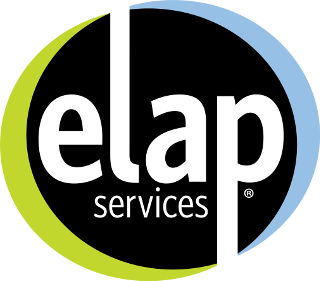Manageable healthcare costs can be the next big thing for your business
Innovation is the lifeblood of manufacturing with more than 75 percent of all private-sector research and development in the U.S. performed by manufacturers.1 And while innovation is a critical value in the industry, the way manufacturers offer and pay for healthcare for their employees has remained unchanged for decades.
According to the National Association of Manufacturers, 72 percent of manufacturers listed health insurance expenses as their top business challenge in 2017, and they anticipate costs to increase by more than 8 percent over the next year.2 With the increase in globalization and competition worldwide, U.S. manufacturers cannot allow rising healthcare costs to go unchecked – now is the time to get creative and find new ways to offer health benefits for less cost.
An opportunity to transform your business
In addition to saving your organization a substantial amount of money, innovating your healthcare offerings can deliver operational advantages like improving talent acquisition and retention. A 2016 Glassdoor workplace benefits study verified that the quality of an employer-sponsored health plan overwhelmingly had the greatest impact on employee satisfaction.
According to a recent study, 93 percent of manufacturing employees elect to participate in their employer-sponsored healthcare coverage compared to the national average of 79 percent.3 Considering that and the skilled labor shortage in the manufacturing industry, now more than ever it’s important for manufacturers to bring the same level of innovation to their healthcare coverage as they do to their business strategy, but without breaking the bank.
Do you really know the cost of healthcare?
Most businesses offer a range of different health plans for their employees to choose from at annual open enrollment time. One of the most popular options is a PPO — a network of healthcare providers grouped together by the insurance carrier that members can visit for a discount. In a PPO, contracts are negotiated between the insurance provider and the facility or healthcare provider with very little insight into the actual cost of medical services.
Breaking new ground with reference-based pricing (RBP)
A PPO alternative that changes the way an employer pays for healthcare benefits is gaining momentum. Nationwide, more and more businesses are considering the benefits of switching to a self-funded health insurance model. The Employee Benefit Research Institute reports that the number of businesses offering self-insured health plans has increased by nearly 37 percent from 1996 to 2015. And while the self-funded model helps restore cost control, in order to maximize cost savings, self-insured employers frequently partner with a reference-based pricing solution. This can reduce their healthcare spend even further by ensuring they are not being overcharged for medical procedures.
Reference-based pricing is an objective, line-by-line assessment of medical claims and the repricing of the claims based on either the provider’s actual cost to deliver the service (information that hospitals are required to report) or by utilizing Medicare reimbursement data as a benchmark. Businesses that utilize this healthcare model pay a fair price for the medical service rather than paying a discount off of an unknown and inflated price. Reference-based pricing supports transparency surrounding healthcare costs, offering fair and reasonable payments for each and every medical service.
Manufacturers who use reference-based pricing benefit from significant cost savings in comparison to their PPO discounts. With the right strategic partner, manufacturers can expect to save up to 30 percent off their total healthcare spend in the first year.
Paying it forward
Businesses that have switched to reference-based pricing have saved money on their healthcare costs year over year, allowing their owners to invest funds back into the business, hire new employees or even help reduce employees’ healthcare cost share. Reference-based pricing also helps to avoid “passing the buck” of high premiums or deductibles directly onto plan members. In today’s era of pulling out all stops to address the widespread labor shortage, manufacturers should consider the role of healthcare and benefits in keeping workers satisfied.
1 National Association of Manufacturers, Top 20 Facts About Manufacturing
2 NAM Manufacturers’ Outlook Survey, Fourth Quarter 2017, December 11, 2017
3 The Kaiser Family Foundation and Health Research & Educational Trust, Employer Health Benefits, 2017 Annual Survey
Blog
Explore the latest insights, articles and thought leadership from the health insurance experts at ELAP Services.







